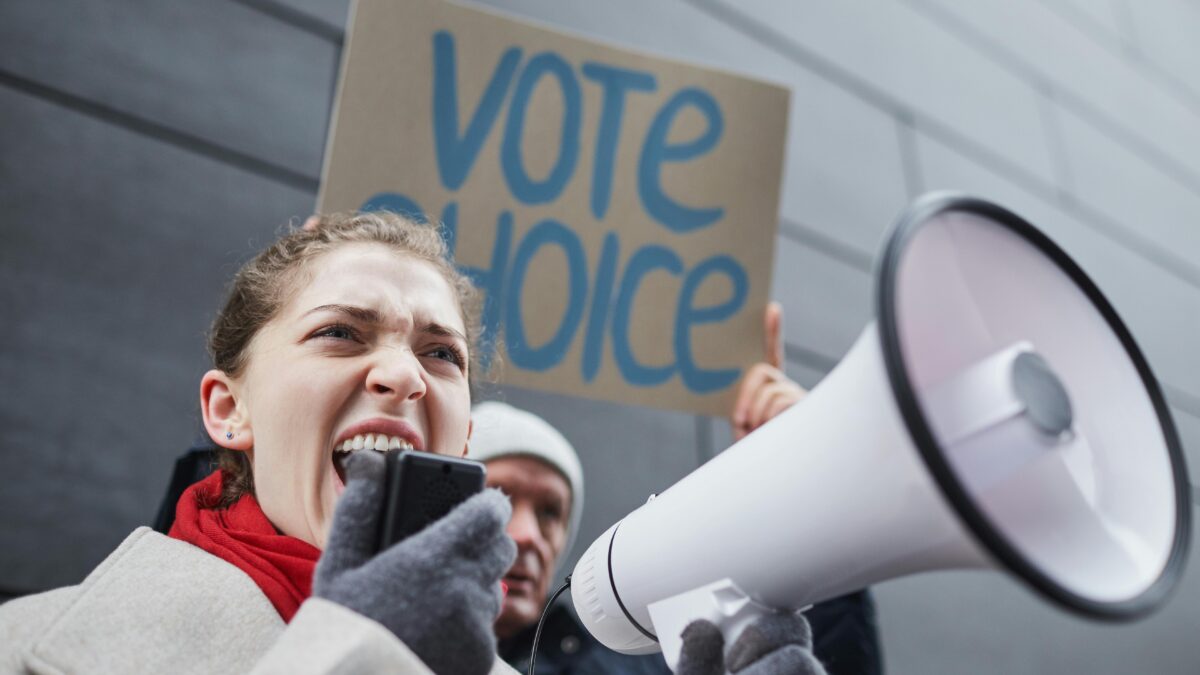
Actress Blake Lively stopped by the “Today” show this week to talk up her new movie “The Shallows,” and at the end of her three-minute interview dropped this gem: “I’m one of five kids, my husband’s one of four, so we’re officially breeders. You can go on our website, we will give you one of our children.” That last line is a joke, people, so save the outrage tweets.
In response to host Savannah Guthrie’s query, “You’ve said you want to have a big family, is that still a plan?” Lively said, “Oh, my gosh, yeah.” Lively and husband Ryan Reynolds currently have a two-year-old daughter and another in utero. So they’re working on it.
They haven’t been shy about proclaiming their interest in a house full of life. When asked about having joked that she wants 30 children, Lively told Marie Claire in 2014 “If I could spit out a big litter of kids, I would.”
“We’d love to have a big family,” Reynolds told Details magazine in 2013. “We both come from big families — my parents did four, Blake’s did five. A lot of people say it’s crazy, but we’ll only know when we’re there, you know? We’ll walk through that fire pretty happily, I think.”
Fifty years ago, this wouldn’t be much to remark on, because four kids plus mom and dad was the average family size then. It wasn’t at all unusual for families to have five or six kids, either. My parents are Baby Boomers, and one has four siblings and the other five. On my mom’s thriving family block in Detroit (back when Detroit was a thriving metropolis), lots of families had five and six kids. These weren’t “big families.” They were just normal families.
Big Families Are More Fun for Less Cost Per Person
A culture of plentiful children is distinct from a culture of sparse children. For one, you can’t hover over five kids, a major reason helicopter parenting only arose after people started tightly limiting their fertility. For another, larger families function much better as a private social safety net. When you have five siblings to lean on instead of one when mom and dad are getting too old to care for themselves, or when you find yourself out of a job, or when bringing home a newborn, and so forth, many hands make light work. How do I know? I have six siblings myself, and my husband has five.
Another major benefit of plentiful siblings is efficiency. We have four kids ourselves so far, and have learned that teaching the older children something often automatically passes it down to the youngers. For example, we had to work very hard to get our oldest to go to his room as punishment, picking him up and depositing him there over and over again and then holding the door shut when he refused to go and stay gone. By the time our third child came along, it was an established habit for the children to wail off to their rooms when mom or dad just pointed and said, “We do not scream at the table. Go to your room.” We didn’t have to lug the littler ones up the stairs like we had the oldest. Because the oldest already did it, the younger ones picked up the habit.
Our oldest, who is five, can read quite well. We had no designs to this effect, but once he became a fluent reader he began reading to his four-year-old sister, saving mom and dad both the nagging and the time needed for reading to sister as often as she wanted. We still read to our children, of course, but older brother’s reading skills both supplant and supplement our family reading time, to everyone’s joy and benefit.
Then, obviously, multiple children do not numerically multiply the cost of raising one. Each one has a smaller marginal cost atop the others, because things like clothes, books, and toys can be handed down and shared. We also eat very tasty meals on a budget significantly lower than what we’d be allotted if we were on food stamps. Further, the average American family has enough home space to double their family size, easy. We know, because our house is half the average American family house size and we have double the people inside. We’re not squished, either, thank you. Americans just like McMansions. But I bet they would like them even better if they weren’t so empty.
Every Child Is a Gift to the World
Perhaps my favorite observation about bigger families comes from Front Porch Republic, prompted by an American professor’s interaction with a Chinese student. Typically, Chinese families are famously and forcibly limited to one child. This is not just economically devastating, but socially devastating, as Andrew Yuengert points out: “when average family size falls from four to three, each person loses a sibling, of course, but he or she also loses four aunts and uncles and twelve cousins. The collapse to one child wipes out the siblings, but it also wipes out the aunts/uncles and cousins.”
When average family size is one there is little family left to protect you and to belong to. The modern fantasy—society as disconnected individuals under a tutelary state—becomes grimly plausible.
My children have sixteen first cousins and twelve aunts and uncles. This past Thanksgiving, almost all of us just fit into a large beach house in Virginia Beach. My Chinese student’s one cousin has made me aware of the gift of community my parents, grandparents, wife, and siblings have given me. When my wife and I brought each of our three children into the world, we were well aware that we were giving the gift of a brother or sister to our other children. At the time, however, I did not fully appreciate how much the gift was multiplied. Each of our children was a gift of a niece or nephew twelve times over, and the gift of a cousin sixteen times over.
We are all familiar with our anti-fertility culture. Everyone who enjoys a larger family than average has heard the rude remarks some people feel free to make about our reproductive health. It’s kind of weird, because an abundance of children is a sign of physical vitality, and a lack of them is a natural signal that something is wrong, but people sometimes think of it in the reverse. Fecundophobia is pervasive.
It comes across as very defensive. It makes one wonder why people feel a need to criticize the existence of other beautiful and innocent human beings. It seems to say more about the critics than their targets. It also makes the natural joy and anticipation Lively and Reynolds express for a bumper crop of children refreshing.








